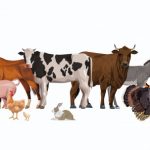Fun Facts About Pets.

Chances are you reading this owns a pet at home or you know someone probably a friend of relative who owns a pet. Whichever one it is, it is important you learn some mind blowing and fun facts about your pets, specifically your favorite pets. Getting you to learn something new about the millions of pets in this world is what this article aims to do with the huge collection of facts about pets.
A lot of these interesting and fun pet facts underscores the similarities and emotional connections that humans can share with their pets.
If you are one of the curious minds out there that have wondered and asked serious questions that should let you understand more about pets, then this post right here is what you’ve been looking for as we would put together the biggest collection of pet facts there is on the web.
Fun Facts About Pets
- Your one year-old pup is as physically mature as a 15-year-old human.

Of course, different breeds age a little differently. Large dogs age faster than small ones.
- Cats were first domesticated in Egypt around the 16th century BC.

- Dogs can hear 4 times as far as humans.

- Your dog’s sense of smell is 1,000 to 10 million times better than yours.
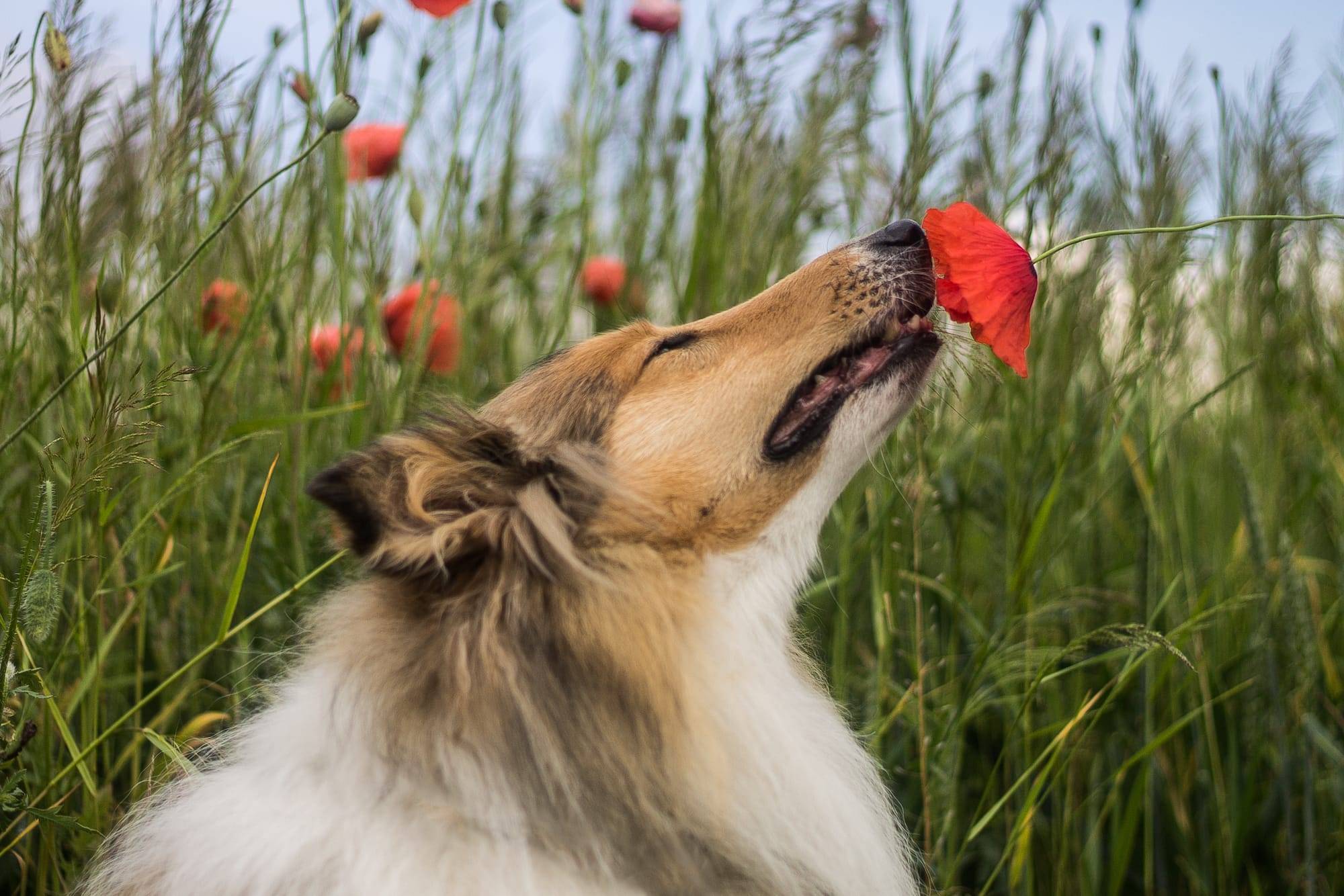
- On average, a dog’s mouth exerts 320 pounds of pressure.

- Dogs only have sweat glands in their paws.
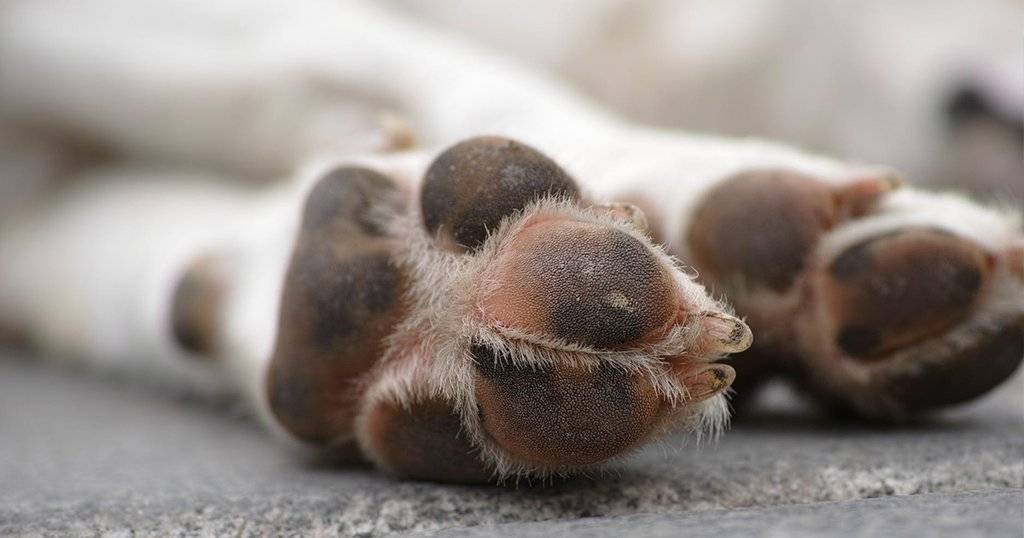
- Horses were widely domesticated by 2000 BC and were used to pull chariots and other types of vehicles throughout the Middle East.
- Your dog does have a sense of time — and misses you when you’re gone.

- Fish are the most popular pet in America, with over 142 million of them swimming around in American households.
Check out these animal facts you didn’t know.
- Dogs and cats both slurp water the same way.
- Nearly 85% of Americans had a pet growing up.
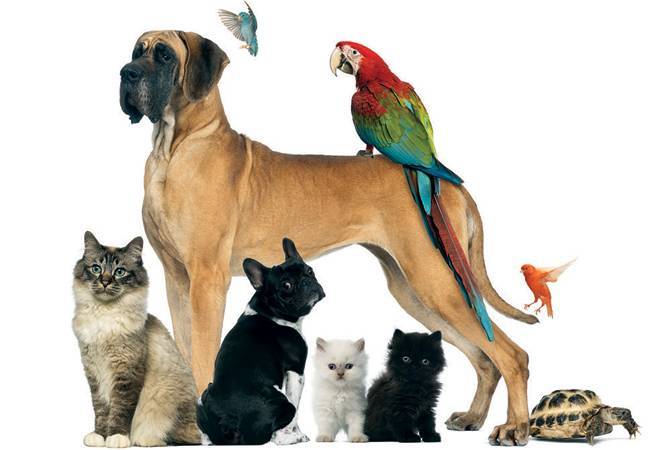
- Your dog is as smart as a 2-year-old toddler.
- Your dog’s whiskers help him “see” in the dark.
- Alexander the Great had a favorite horse called Bucephalus.
- Emma Watson, who played Hermione Granger in the Harry Potter movies, had a pet hamster that died during filming. The prop crew made it a tiny coffin for its funeral
- Dogs have about 10 vocal sounds.
- There are more than 350 different breeds of dogs worldwide.
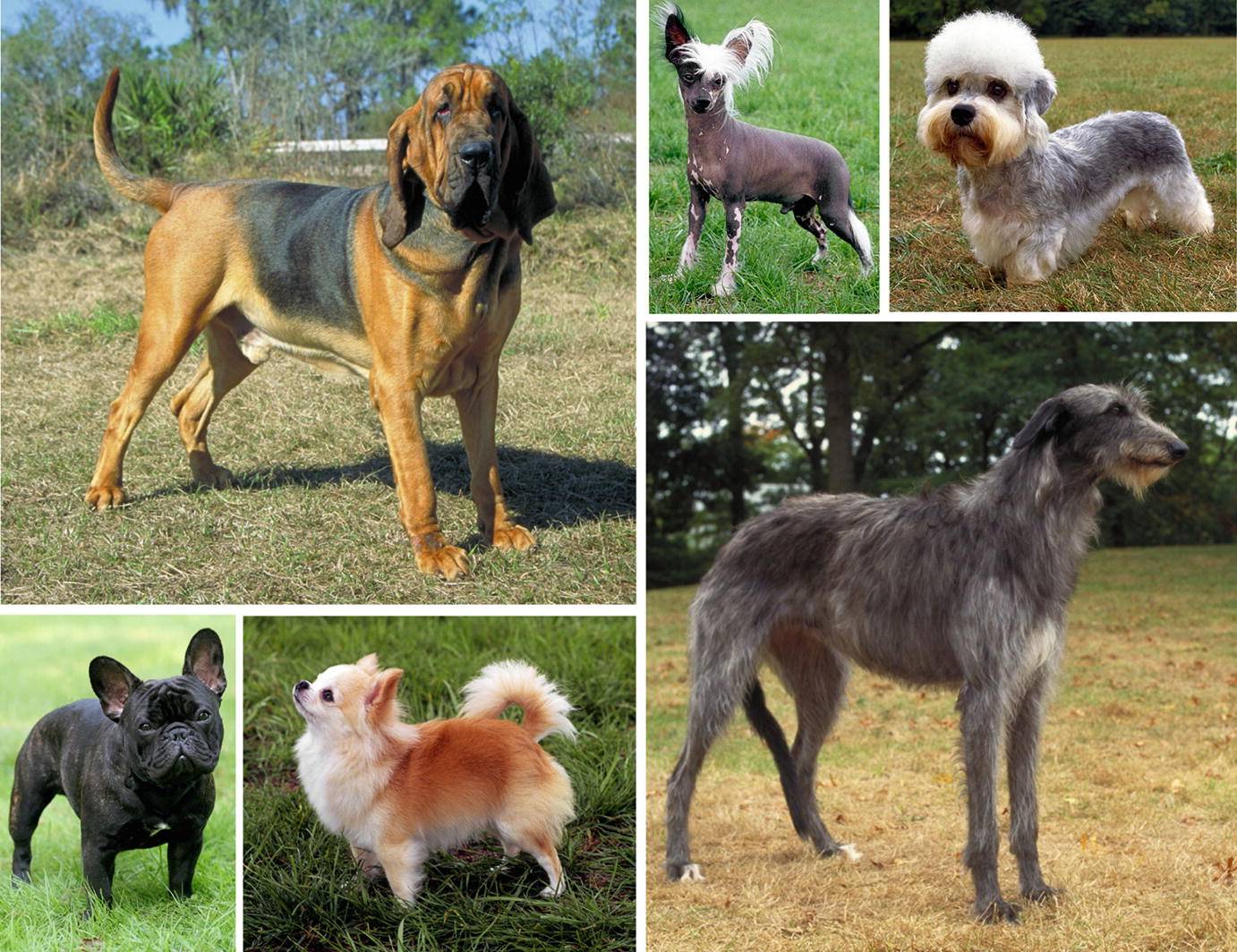
- Most domestic dogs are capable of reaching speeds up to about nineteen miles per hour when running at full speed
- Dalmatians are born spotless: at first pure white, their spots develop as they age.
- Contrary to popular belief, dogs aren’t color blind; they can see shades of blue, yellow, green and gray. The color red registers on a grayscale in a dog’s vision.
- Cats do not have sweat glands.
- To survive, every bird must eat at least half its own weight in food each day.
- Americans own more than 60 million pet birds.
- The nose pad of each cat has ridges in a unique pattern not unlike a person’s fingerprints.
- Cats’ bodies are extremely flexible; the cat skeleton contains more than 230 bones
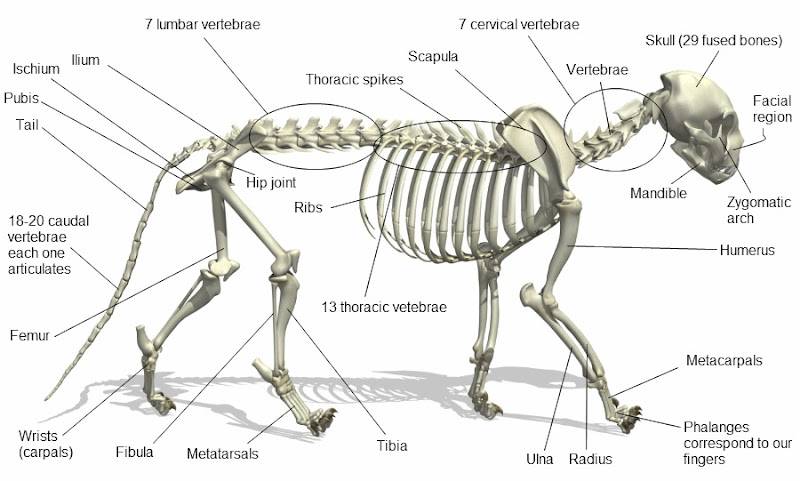
- A garter snake can give birth to 85 babies.
- Many hamsters only blink one eye at a time.
Learn the animal group names of your favorite pets.
- Iguanas are able to hold their breath for up to 30 minutes.
- Ferrets are currently the third most popular pet in the US. There are an estimated eight to ten million ferrets in the United States being kept as pets.
- An adult cat can run about 12 miles per hour, and can sprint at nearly thirty miles per hour.
- Contrary to popular belief, goldfishes live far longer than most people believe.
Goldfishes in the wild are known to live up to 40 years, while in a pond they live up to 30 years. But in captivity they only live up to 10 years.
- Dogs are known to be able to tell the time.
- The reason your dog curls up when it is sleeping is because it helps to keep them warm and instinctively, it helps to protect them.
- Dogs stare at their owners as a form of admiration and love.
- The reason why dogs lick their feet is because it helps them remember.
- The tailor of a gecko is used in storing fat it could use for energy when there’s scarcity of food.
- Just like human finger prints and tiger stripes, dogs’ nose prints are unique as no two dogs can have the same nose prints.
- Studies have shown that dogs are known to get jealous especially when their owners give more time to other animals.
- Dogs are known to pretend to be sick to get more attention from their owner.
- In Russia, dogs have been known to know how to ride the subway as well as knowing what stops leads to food.
- Every year, an estimated 3.2 million shelter animals are adopted as pets in the US.
- 70% of your cat’s time is spent sleeping.
- Pet dogs are known to be able to smell when their owners are afraid.
- Just like cats, rabbits clean themselves by licking their paws.
- A study has shown that petting a puppy has a positive effect in lowering your blood pressure.
- A study has shown that owning a cat can lower your risk of stroke or heat attack by over 30%
- It’s unknown why cats meow.
- Adult cats only meow to humans and not fellow cats.
- Scientists have discovered that rabbits’ teeth do not stop growing ever. Only tough plants helps in reducing them.
- A study has shown that female cats are mostly right-pawed while male cats are left-pawed.
- Cats have the ability to rotate their eyes up to 180 degrees.
- Binky is the act of a a happy rabbit hopping and twisting in the air.
- 90% of a cat’s brain is similar to that of a human.
We have gotten to the end of the list of fun facts about pets, this is one of the biggest collection of pets fun facts on the web and we took our time to cover all pets and facts most people do not know about them. There are some unknown facts about pets that were not included above but would be discussed in the following section that answers all the popular and frequently asked questions about pets.
Pets FAQs
- Why is it good to have pets?
Pets promote both your physical and mental health.
- How many pets are killed by owners each year?
There’s no exact data to show how many pets are killed yearly by their owners, but anout 2.7 million cats ad dogs are killed every year because pet shelters are full and can’t accommodate them.
- What are the disadvantages of having a pet?
- Time commitment, it’s undeniably true that pets take your time.
- Financial commitment, just like your time, your pet needs your money in the form of food and medications.
- Pet planning.
- Saying goodbye when it’s too old an dies.
- What are the cons of having a pet?
The cons of having a pet are the same with the disadvantage of having a pet, and have been outlined in the section.
- Why do homeless people have pets?
Homeless people have pets for the same reason that you have pets; companionship, social interaction and much more reasons.
- How many animals has PETA killed in total?
PETA has killed a total of 40,000+ animals since 1998
- How many pets die every year?
2.7 million pets a year. There isn’t an exact figure of all pets killed each year but an estimated 2.7 million dogs and cats are kill every year.



